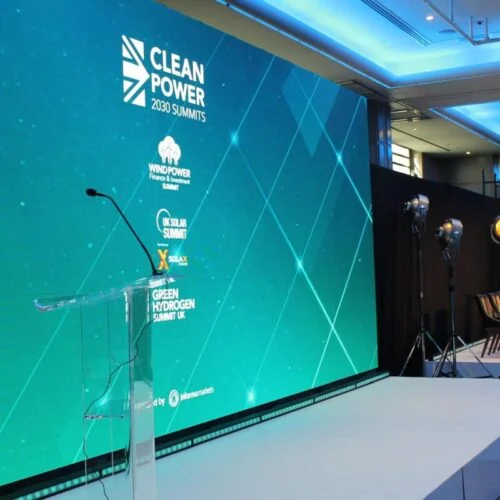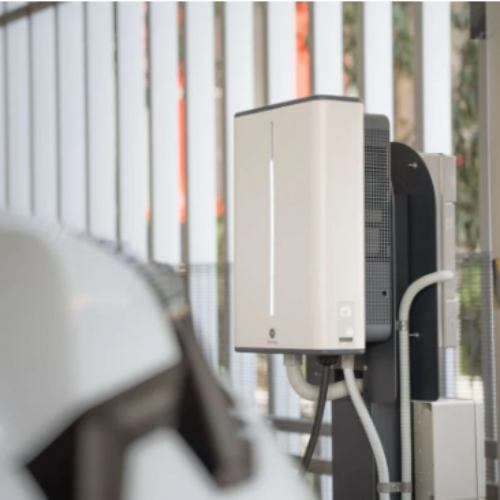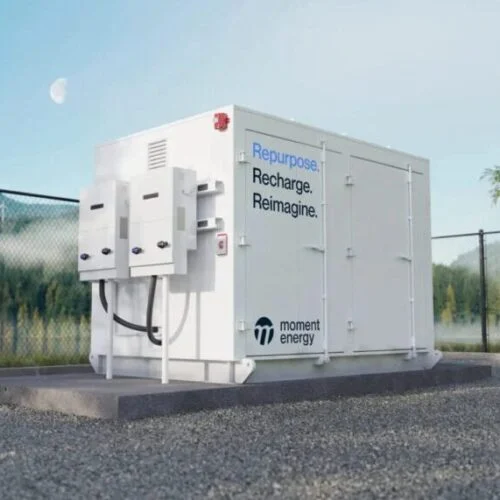There is a common misconception that electric vehicles (EVs) burden the grid, adding strain to an already stretched system. In reality, EVs have the potential to ease this strain and serve as a valuable asset to the grid, whilst also enabling consumers to have more control over how they use, store, and save energy. In short, EVs can help accelerate a shift towards widespread energy democracy; something which is already underway.
A well-known example of this shift in energy dynamics is the adoption of solar panels, which allow homeowners to generate their own renewable energy and sell excess electricity back to the grid. As of February 2024, 1.28 million homes in the UK had solar installations. Now, we’re seeing similar possibilities with EVs and their integration into the energy system.
EV owners can participate in vehicle-to-grid (V2G) programmes, enabling the bidirectional flow of electricity between their vehicles and the grid using smart charging technology. This not only empowers EV owners to optimise their charging schedules and take advantage of lower daily energy costs but also provides grid operators with flexibility in managing electricity demand and supply.
V2G technology allows EVs to act as mobile energy storage units. When integrated effectively, EVs can alleviate pressure on the grid by storing excess energy during times of low demand and releasing it during peak periods. This helps to smooth out fluctuations and reduce the strain on infrastructure.
Moreover, the economic benefits are becoming increasingly apparent. Octopus Energy recently reported that customers participating in the Powerloop V2G trial saved up to £840 per year compared to unmanaged charging on a flat tariff when adjusted to an annual mileage of 10,000 miles.
Clearly, there are financial incentives for drivers to adopt V2G technology and participate in energy management of the grid. As such, this technology has the potential to completely revolutionise the energy landscape.
According to National Grid’s Future Energy Scenarios, V2G charging could provide up to 38GW of flexible power from 5.5 million EVs. This redistributed electricity would cover all of the increased power needs for the UK in the highest-demand scenario for 2050. We’re not far from these numbers, considering that as of March 2024, the UK had over one million EVs on the road, and by 2030, it is predicted that this number will be between 8 million and 11 million.
Additionally, the energy from the grid is ‘greenest’ at periods of lowest demand because of the higher percentage of renewable energy generation. Combining EVs and V2G technologies allows for the storage and redistribution of sustainable energy, which can help the UK achieve its net zero goals.
In the longer term, EVs and V2G technologies will also contribute toward sustainable UK energy independence, enabling energy democracy at a national level. Currently, this technology is neither cheap nor widely available, but as EV usage increases it is likely that the technology will evolve and become more accessible.
We are committed to helping drivers switch from internal combustion engines (ICE) to EVs and developing reliable, long-lasting electrification strategies. This is why we fully support the trials of V2G technology.
The future of EV charging is ever-evolving, constantly making innovative and promising developments. Smart grid integration, and the potential advantages it possesses, is essential.





